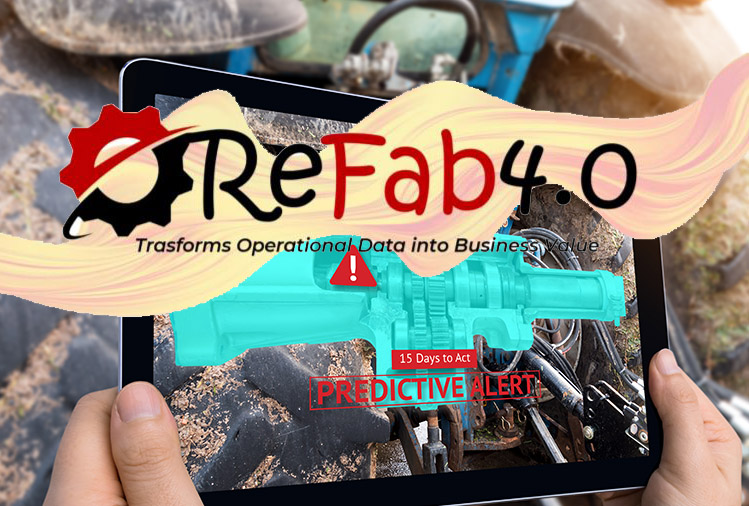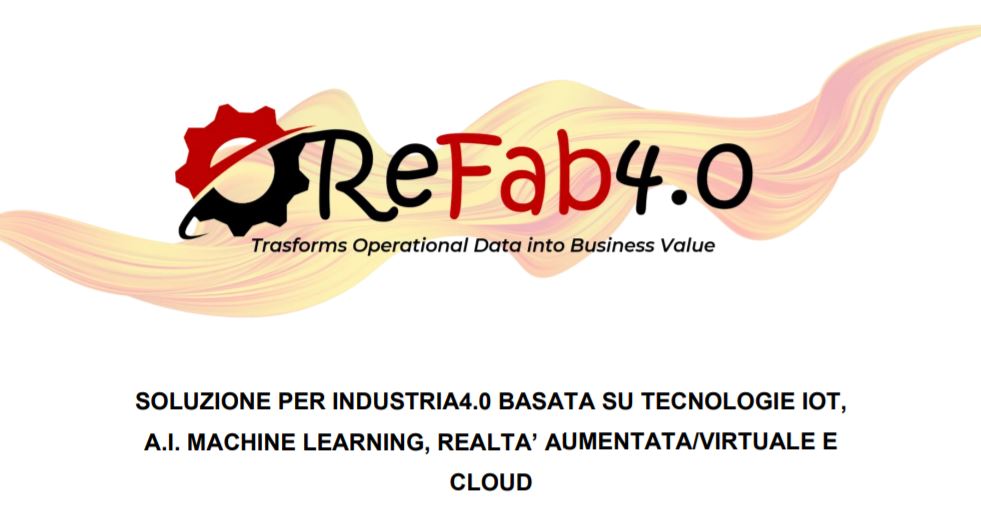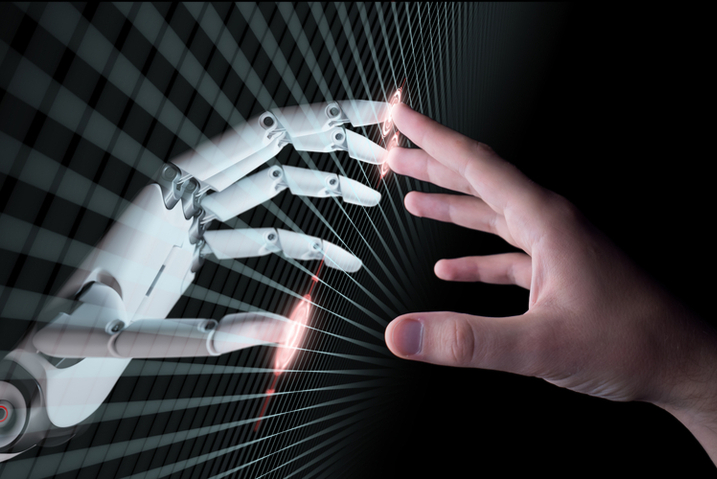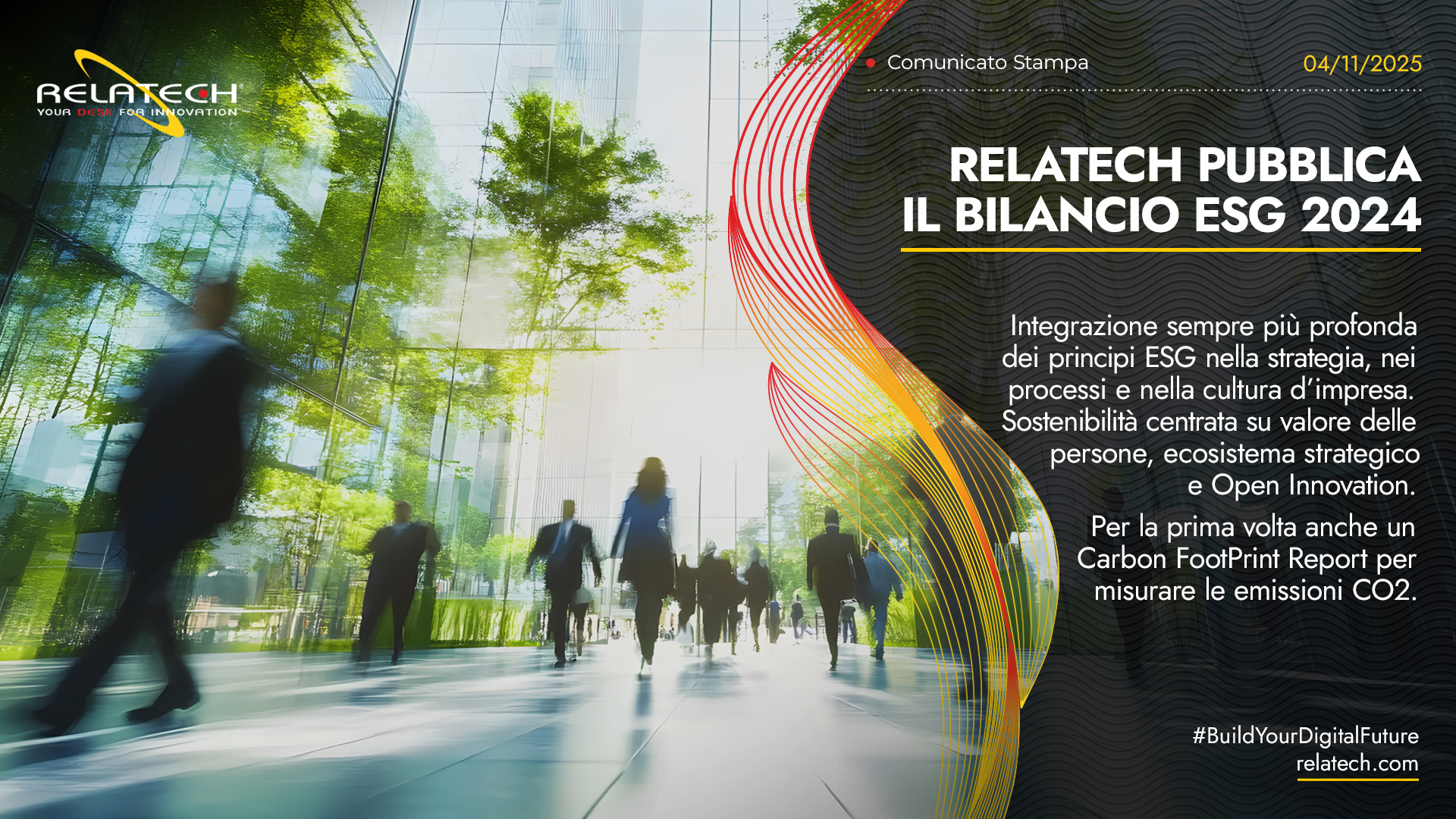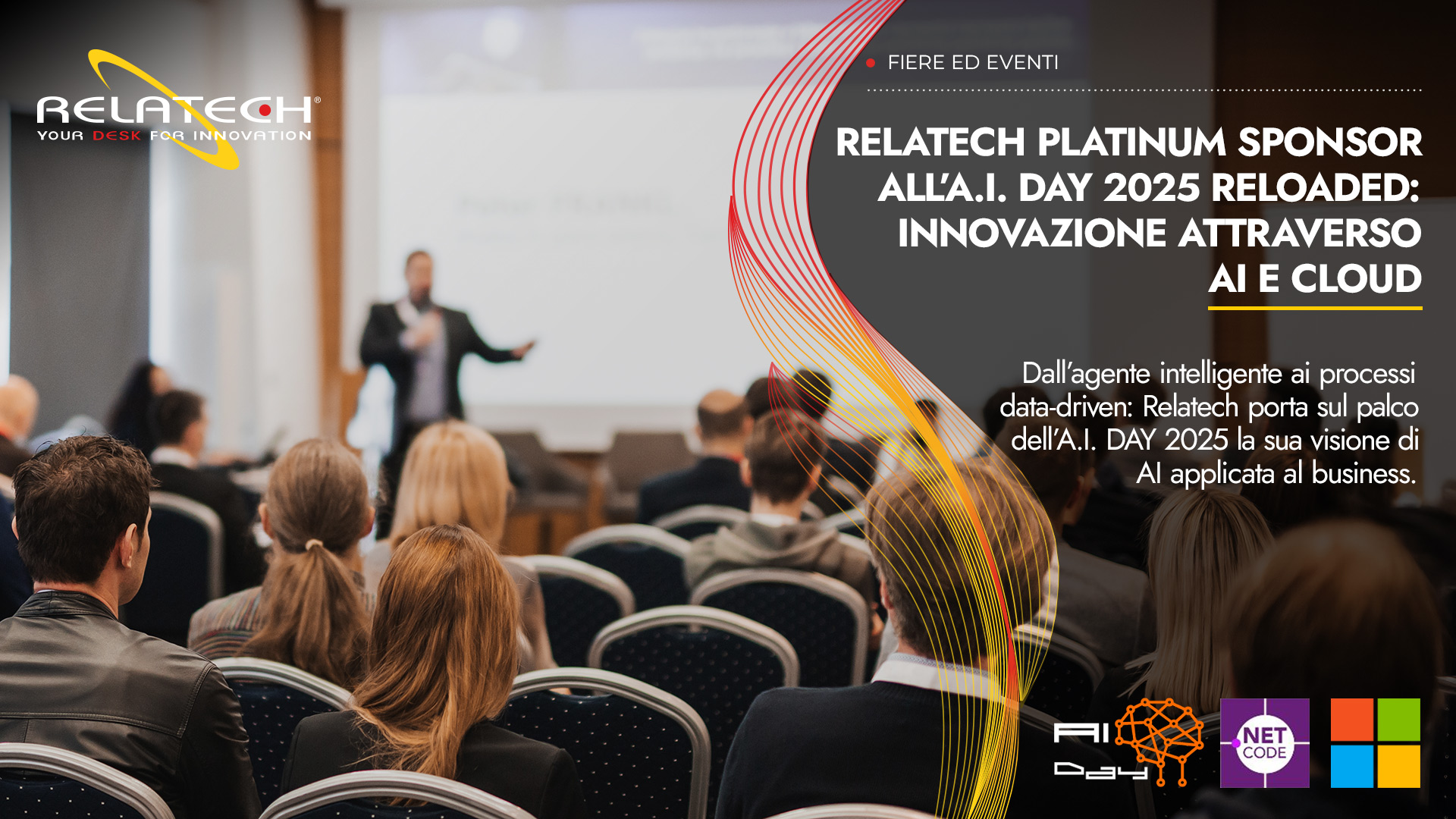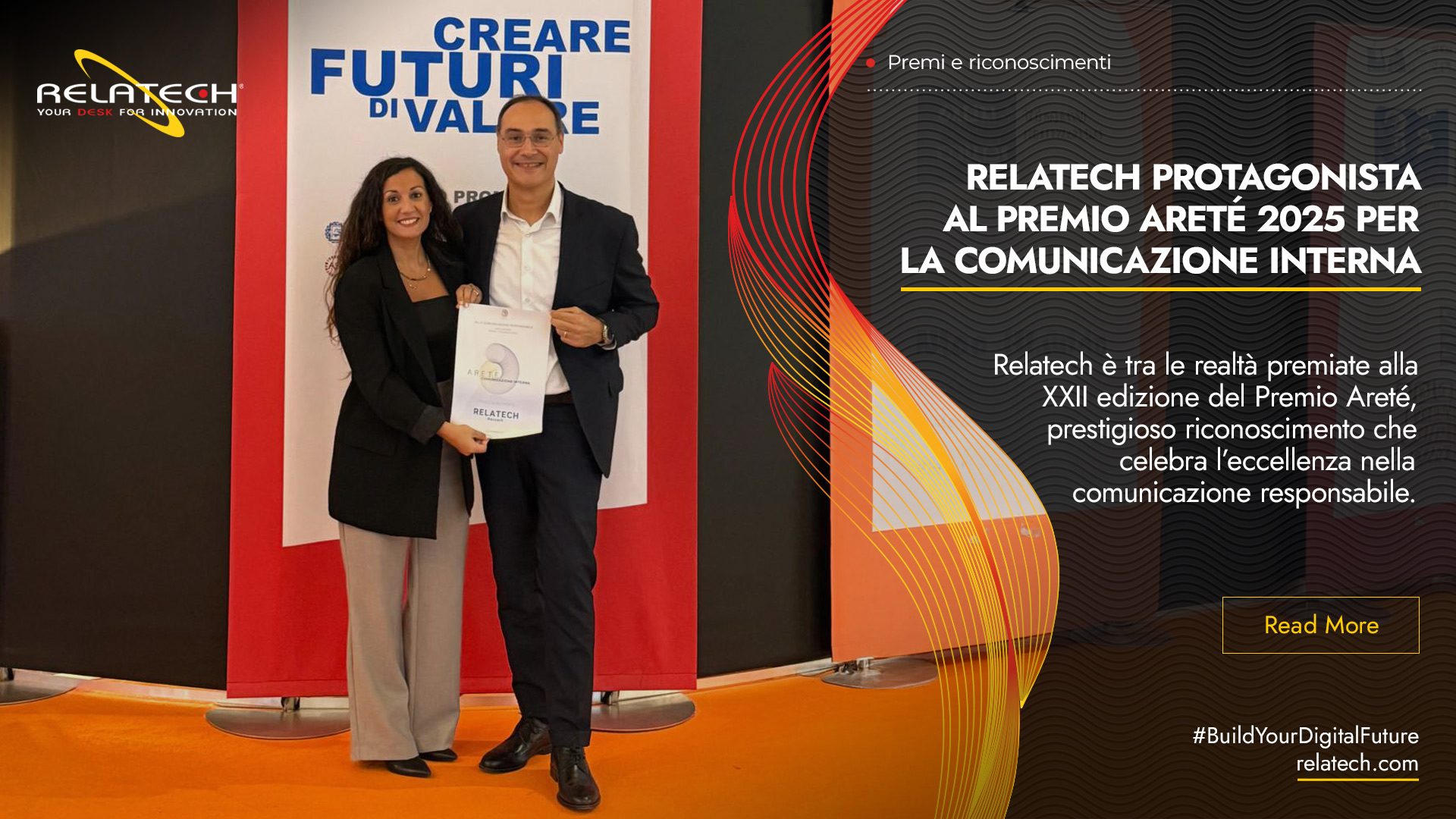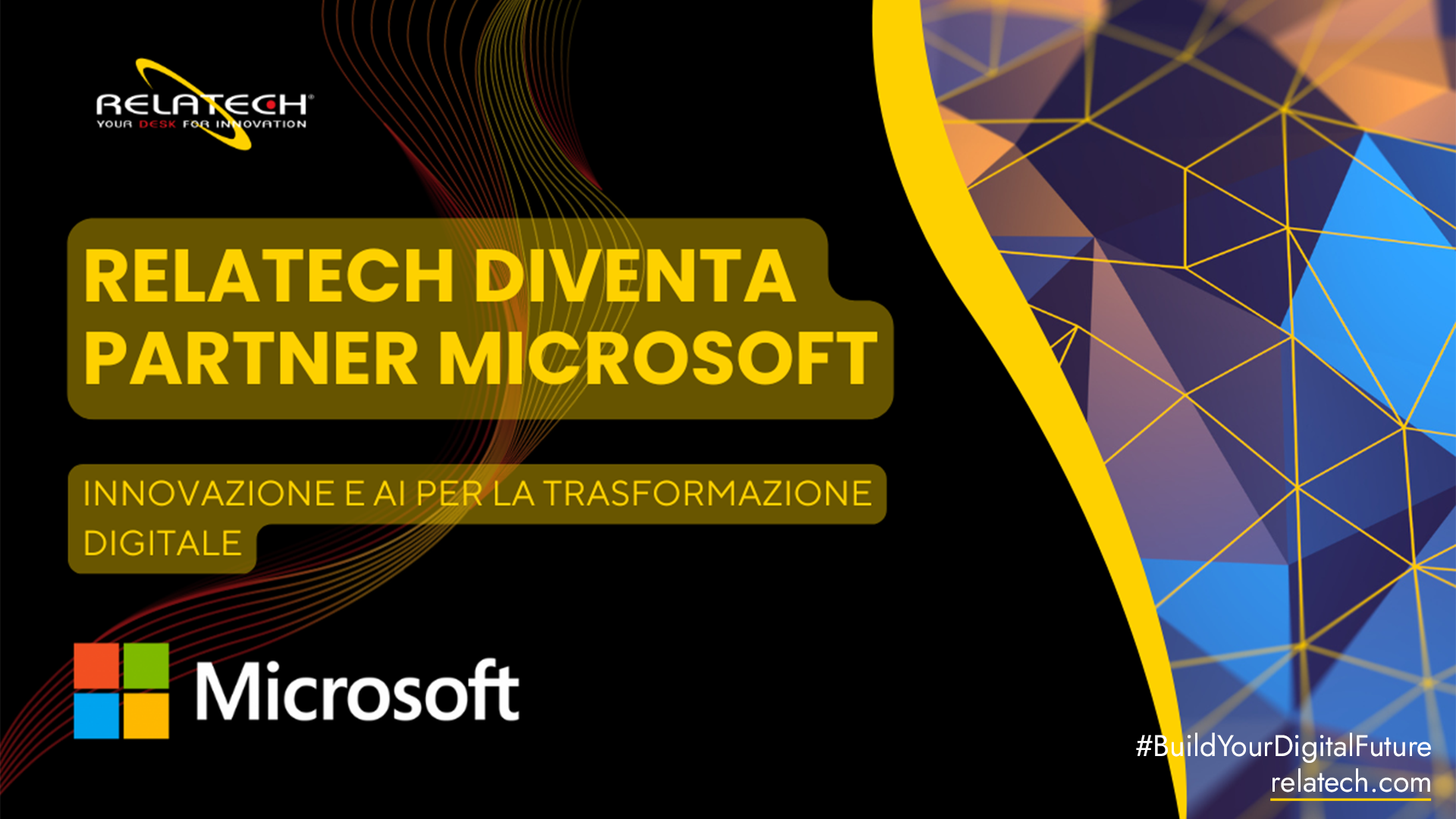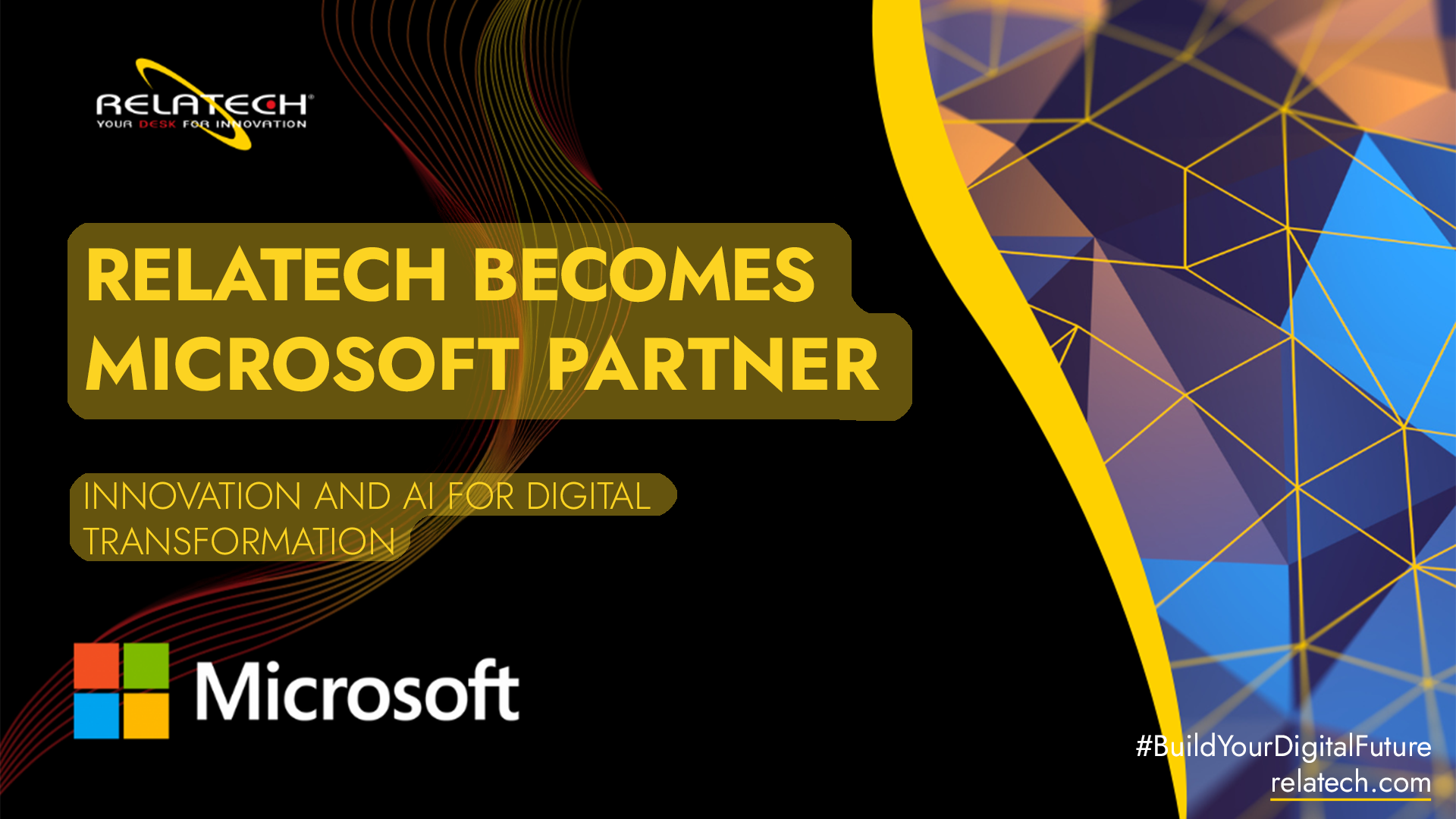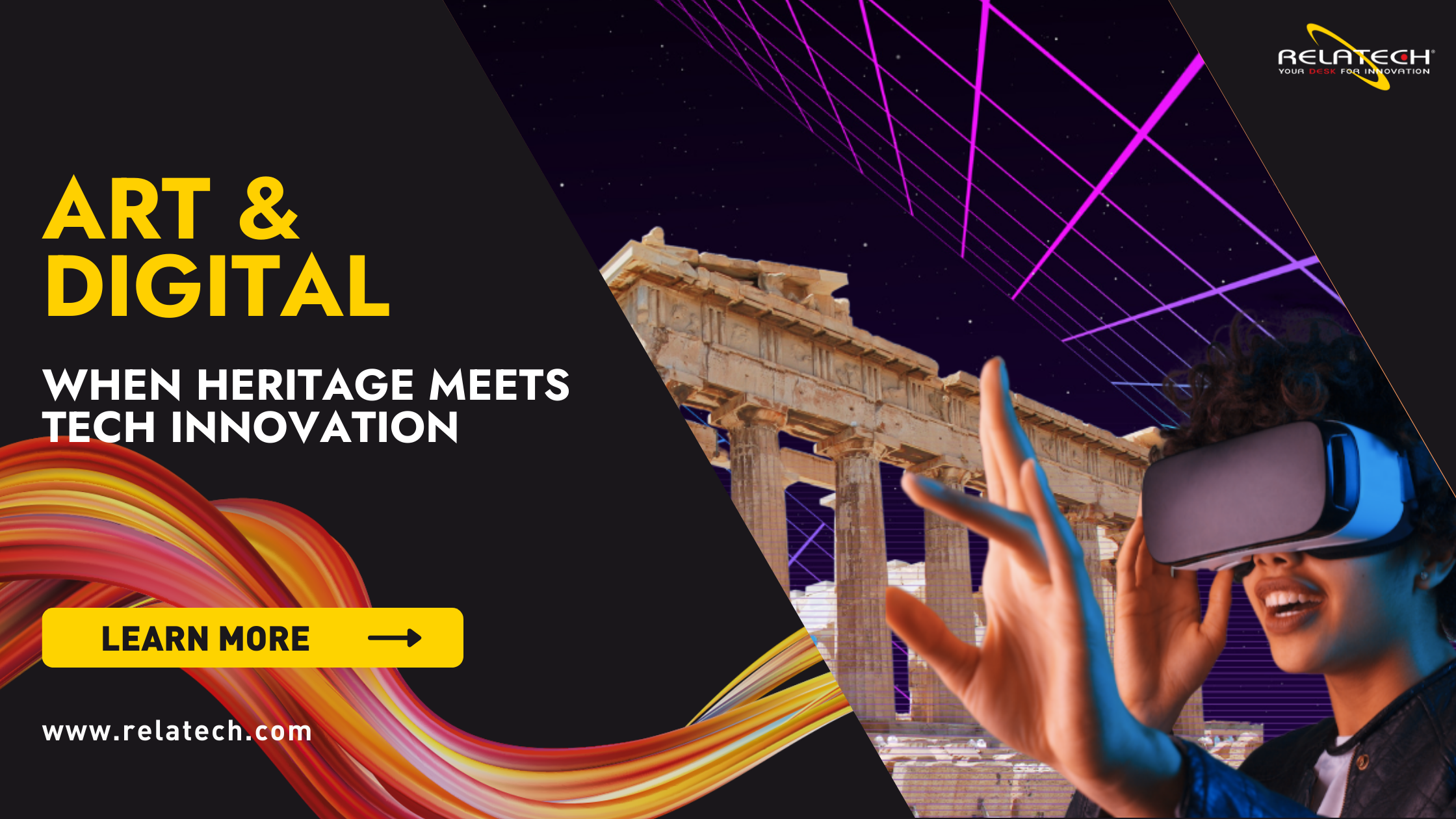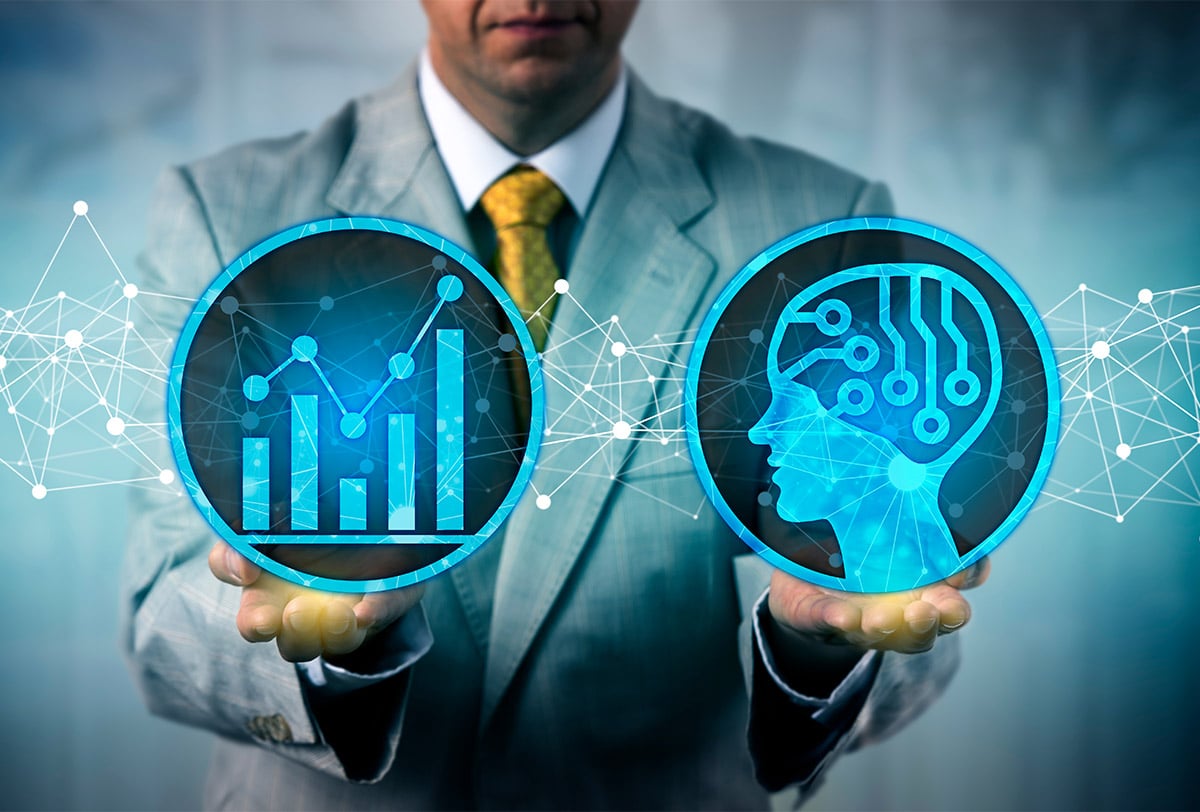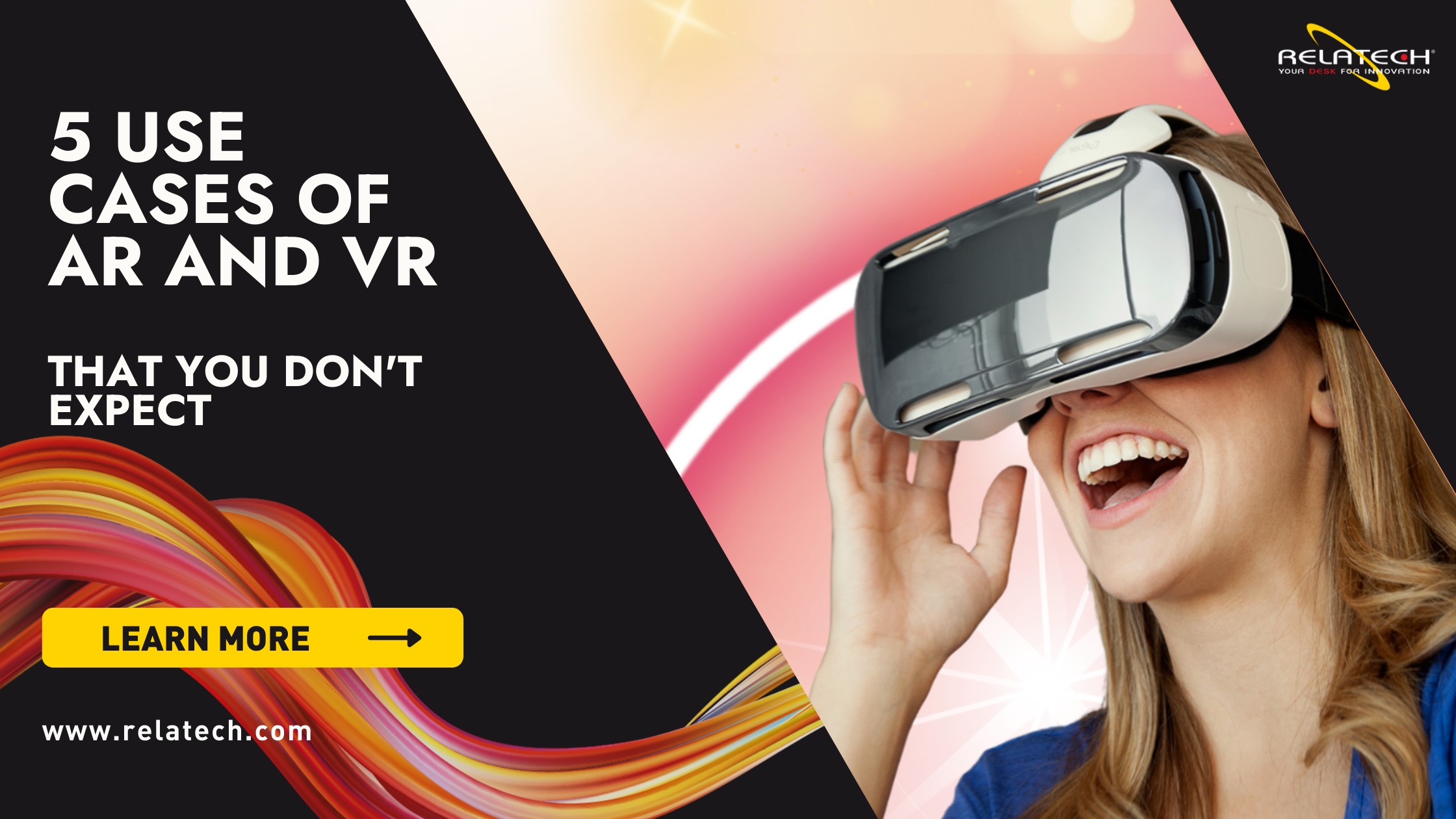AR and VR technology: use cases and manufacturing benefits
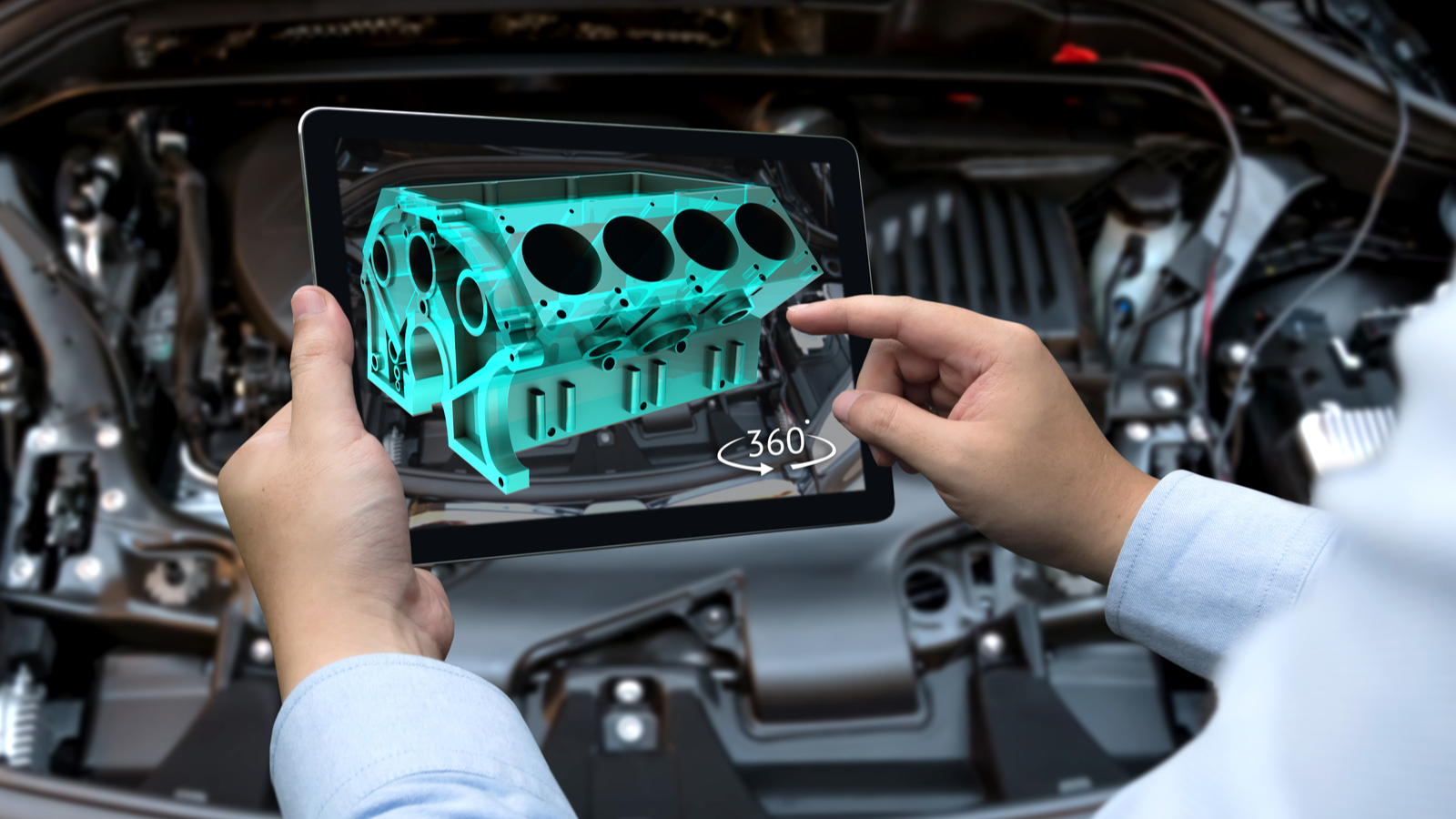
AR and VR technology, while referring to different tools and use cases, increasingly tends to be used in a combined manner. We have already dealt with the most promising applications relating to Augmented Reality and Virtual Reality respectively. Let's now see how AR and VR technology can be used in manufacturing and what are the main advantages it brings to this sector.
AR and VR technology for staff training
The manufacturing context is a complex area, in which vertical skills at various levels are required for those who work in a production plant. The onboarding of a new resource necessarily implies specific training, regardless of whether the person has only a theoretical background, because he is at his first entry into the world of work, or comes from a product sector similar but not identical to manufacturing. Indeed, it is one thing to have gained experience in a textile-clothing industry, another is to have held a certain position in an engineering factory. AR and VR technology allows you to accelerate learning in the field in both cases, since it is based on simulation conducted with the aid of a digital twin, which reproduces a physical asset with Virtual Reality or adds information elements to reality. surrounding through Augmented Reality. A survey conducted on a sample of 100 executives found that, for 38% of the respondents, training using AR technology drastically reduces the number of errors by new recruits.
Furthermore, in the current context of smart working, the use of AR and VR technology is combined with that of new virtual collaborative tools, such as wearable devices such as smart glasses which redesign the Customer Experience and in particular the interaction of users with products / services and between users themselves.
The progressive spread of new wearable devices is accelerating the adoption of new collaborative platforms that can be used in complete mobility and in augmented and virtual reality contexts.
The announcement of the future Metaverse, based on the sharing of an innovative augmented reality, which allows metahumans, the avatars of their "self", to connect to the network with three-dimensional devices and interact with each other, demonstrates how these tools will become indispensable in companies in the near future.
AR and VR technology as an optimization of SOPs
In manufacturing, the management of SOPs (Standard Operating Procedures), that is, procedures and operations that may fall within a scheduled maintenance cycle or be dictated by an anomaly that must be remedied, often causes prolonged machine downtime. AR and VR technology enables the operator to see the instructions projected on a viewer or to be able to read the instructions on a tablet, so that he can be accompanied step by step in the procedure he is called upon to implement. Combined with devices such as smart glasses, among other things, AR or VR allows the employee to work hands-free, significantly simplifying his task.
For example, ReFab4.0, the solution developed by Relatech for the Industry 4.0 world, includes the AR SOP Assistant among its features. It is a multimedia support for the preparation and execution of operations, which creates a sort of digital extension of everything in the field of action of the technical staff. In addition to providing explanatory instructions, without requiring the use of a manual, it allows you to film, record and certify the activity carried out.
Remote assistance enabled through AR and VR
Sometimes, there are activities that require the intervention of the machinery manufacturer or figures with specialized skills. Before the advent of AR and VR technology, to meet this need, these figures had to physically go to the production sites. Today, also thanks to the pandemic crisis that made social distancing mandatory during 2020, remote assistance has become an opportunity both for companies that offer it and for those who use it. The advantages are mutual in terms of lower costs and reduced intervention times.
Also, on this front ReFab4.0 has an answer: ARsistant, remote assistance able to support the operator in the field dealing with complex activities. Basically, the contact person in charge can guide the person on site thanks to the audio-video connection, observing live what the onsite employee sees and sharing documents, videos, photographs, and operating instructions with him. Any phase of this exchange, if necessary, can then be recorded and stored for subsequent uses.
Predictive maintenance and AR and VR technology
AR and VR technology, as evidenced by what has been highlighted so far, radically transforms the way information is accessed in the context of manufacturing. To understand, however, how much this approach can be considered "disruptive" it is good to underline the role it assumes with respect to the issue of maintenance.
Perhaps one of the most interesting use cases regarding the application of AR and VR technology in production sites is that attributable to Predictive Maintenance. Unlike reactive maintenance, which takes place after a failure, or preventive, based on the average lifetime of the components, predictive maintenance is based on monitoring and real-time analysis of the operation of a plant using IoT devices and of machine learning algorithms. The constant acquisition of data and their modeling, with the aim of identifying events that deviate from the standards, warns about the onset of a fault. These indicators, usually reported on a dashboard, can be superimposed on the three-dimensional system enabled by AR and VR technology.
ReFab4.0 Predictive Maintenance, how it works
ReFab4.0 was designed by Relatech to collect large amounts of data from industrial devices and to analyze them using artificial intelligence and machine learning algorithms. In addition to the functions mentioned above (AR SOP Assistant and ARsistant), it is therefore a system capable of early detection of anomalies in factory machinery to prevent possible malfunctions. The information that falls within the Predictive Maintenance area, however, is not limited to being available on a desktop station, but feeds the AR and VR devices (tablets, HoloLens, mono and biocular devices) used in the factories in real time. This means that the deviation of the operating parameters from the standard are available and ready for any corrective actions at any time and where it is necessary. And since it is now universally recognized that most unplanned downtime is caused by failures not diagnosed in time, it is understood how much the use of ReFab4.0, associated with AR and VR technology in Predictive Maintenance, can be worthwhile from the point of view. view of cost savings and reduction of downtime.
